Project Funding Breathes New Life into Monitoring Greenland's Seafloor
23.11.2023The Greenland Climate Research Centre and the Greenland Institute of Natural Resources have received funding of DKK 17.2 million for ..
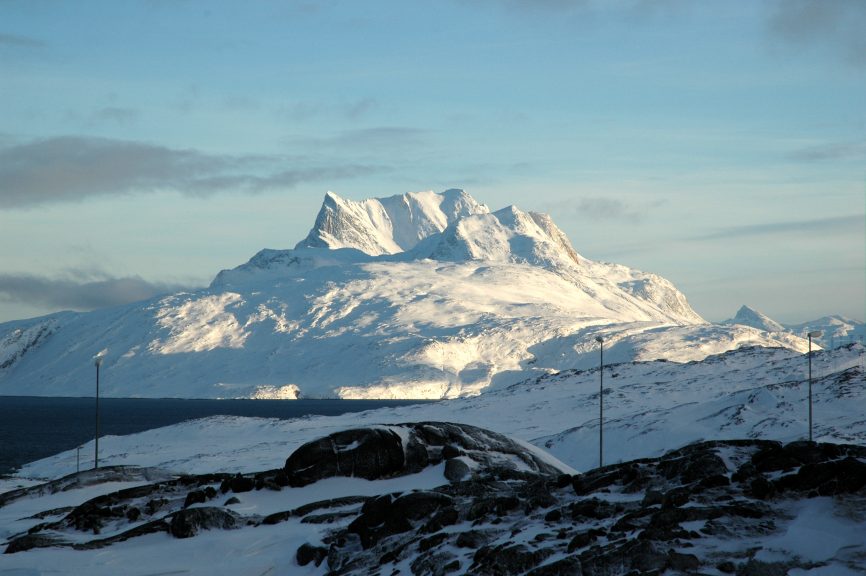
To apply for courses in the Arctic Science Study Programme (ASSP), please complete the “Student Information” form below. After submitting the completed form you will receive an e-mail with details on how to proceed with register for the courses and other practical information.
The ASSP offers graduate (masters) and PhD level courses. The courses in spring form one full semester (30 ECTS). Applicants applying for a full semester are given priority, however, it is possible to apply for single courses. You can find more information about the courses under Arctic Science Study Programme (ASSP).

An international team of scientists participated in a multi-disciplinary oceanographic mission on board the Danish research vessel Dana from 29 August to 15 September 2020. The Greenland Climate Research Centre team composed of Caroline Bouchard, Thomas Juul-Pedersen and Else Ostermann collected water samples for phytoplankton biomass, productivity and species composition and carbon content, net samples for macrozooplankton and juvenile fish and acoustic data across southern Baffin Bay, Davis Strait and the northern Labrador Sea. This region constitutes an important “Arctic Gateway” at the transition zone between the Arctic and the Subarctic.
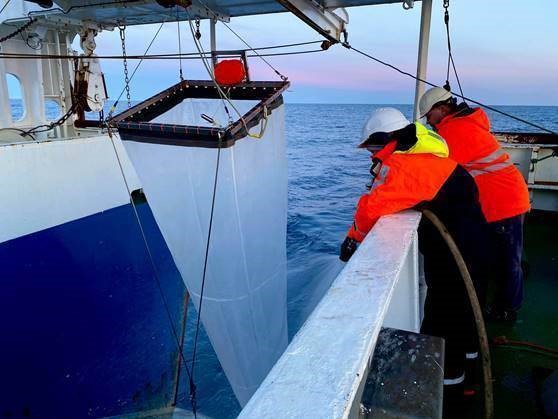
The international research team on board studied physical and chemical parameters that are crucial to understand the ocean currents in this “Arctic Gateway”. The samples and observations collected from all levels of the food web, from phytoplankton, and zooplankton to fish, seabirds, and whales, will provide valuable new information on the ecosystems of the region.
A short glimpse at the ship aft deck and wet lab, normally occupied by fish nets and the most recent catch of marine animals, is enough to realized that the mission’s main objective of deploying a series of moorings, also involved some impressive logistics. The space is now fully occupied by large buoys, train wheels (used as anchors to hold the moorings in place on the seafloor), kilometers of ropes, and a wide array a heavy-duty electronic instruments ready to spend two years in the water.
Oceanographic missions are often full of challenges, and this one was no exception. Besides incertitude related to COVID-19 and quarantined scientists, the missions faced the loss of scientific equipment, technical problems with the CTD-rosette, and a scary-looking storm forcing us to retreat and dock in Nuuk two days earlier than planned. Despite these challenges, the spirits always remained high and a very successful oceanographic mission was completed.
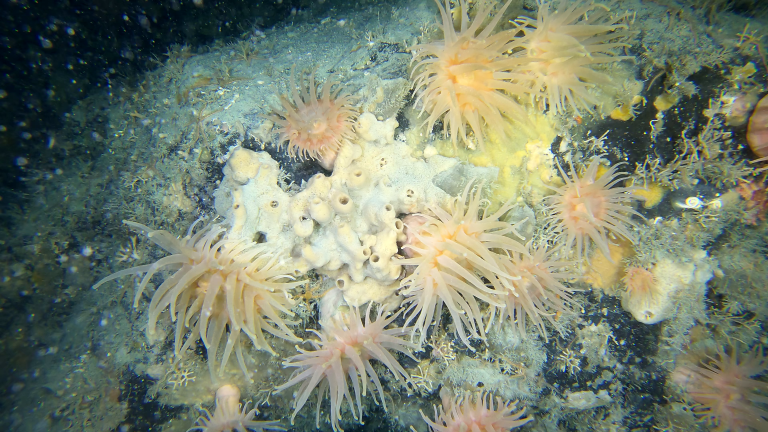
The Greenland Climate Research Centre and the Greenland Institute of Natural Resources have received funding of DKK 17.2 million for ..
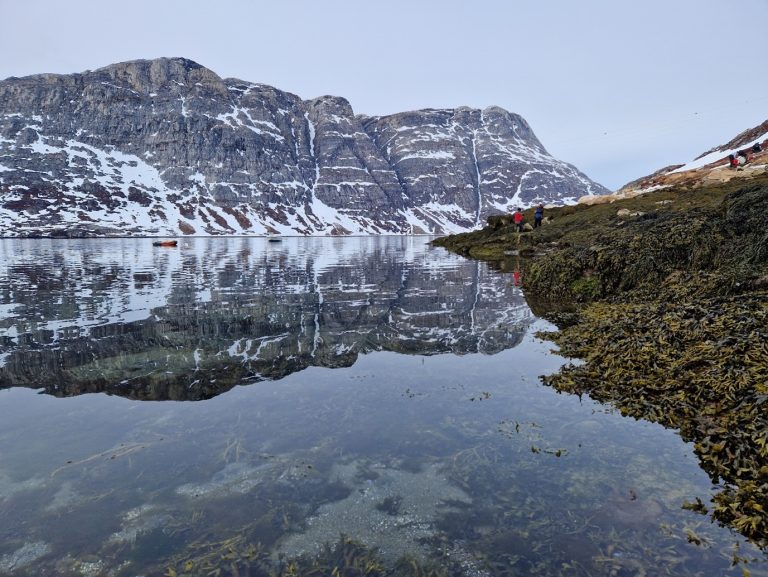
Macroalgae or seaweed are dominating rocky coastlines globally. Even here in Greenland, we can see small kelp such as the ..
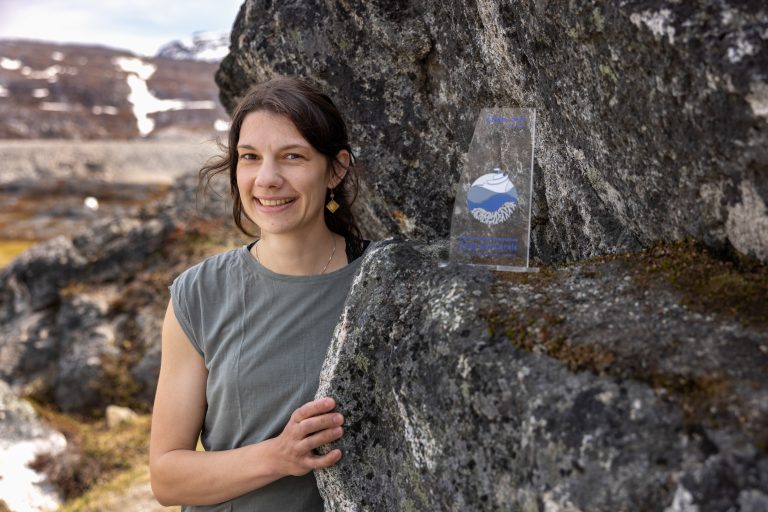
The dark, cold deep sea harbors many unseen treasures, one of which is corals that most people only associate with ..